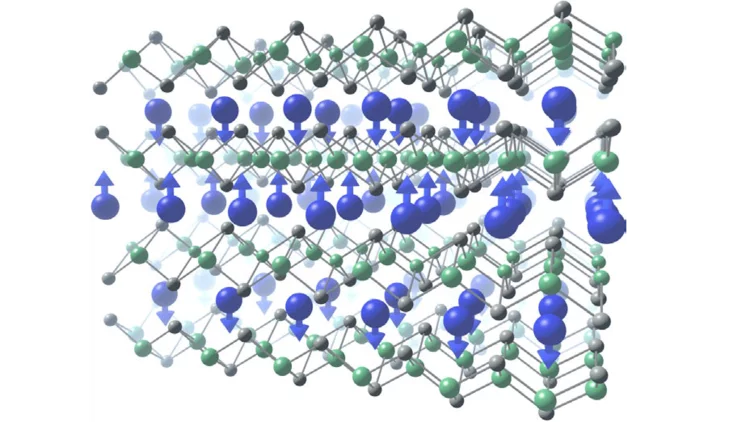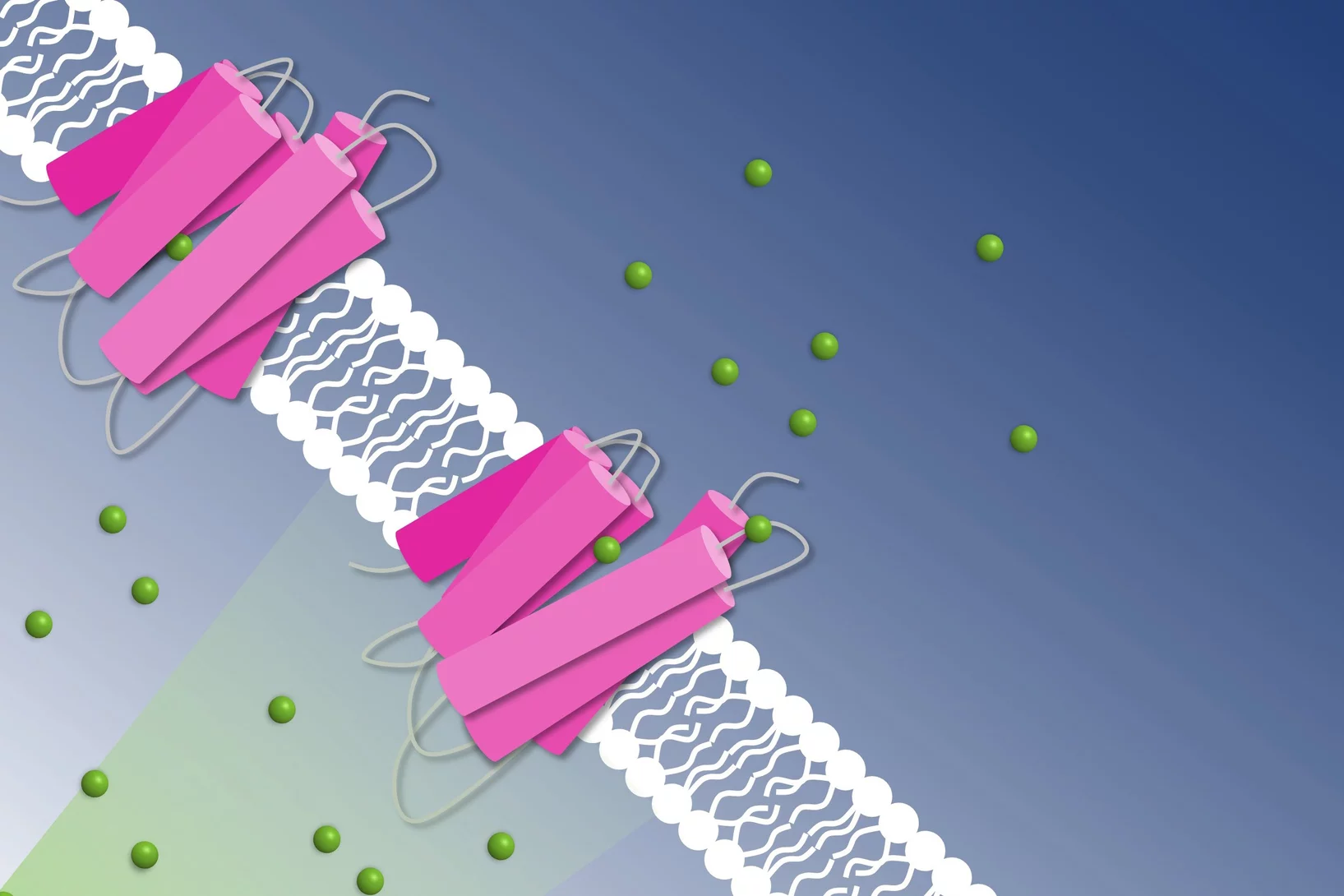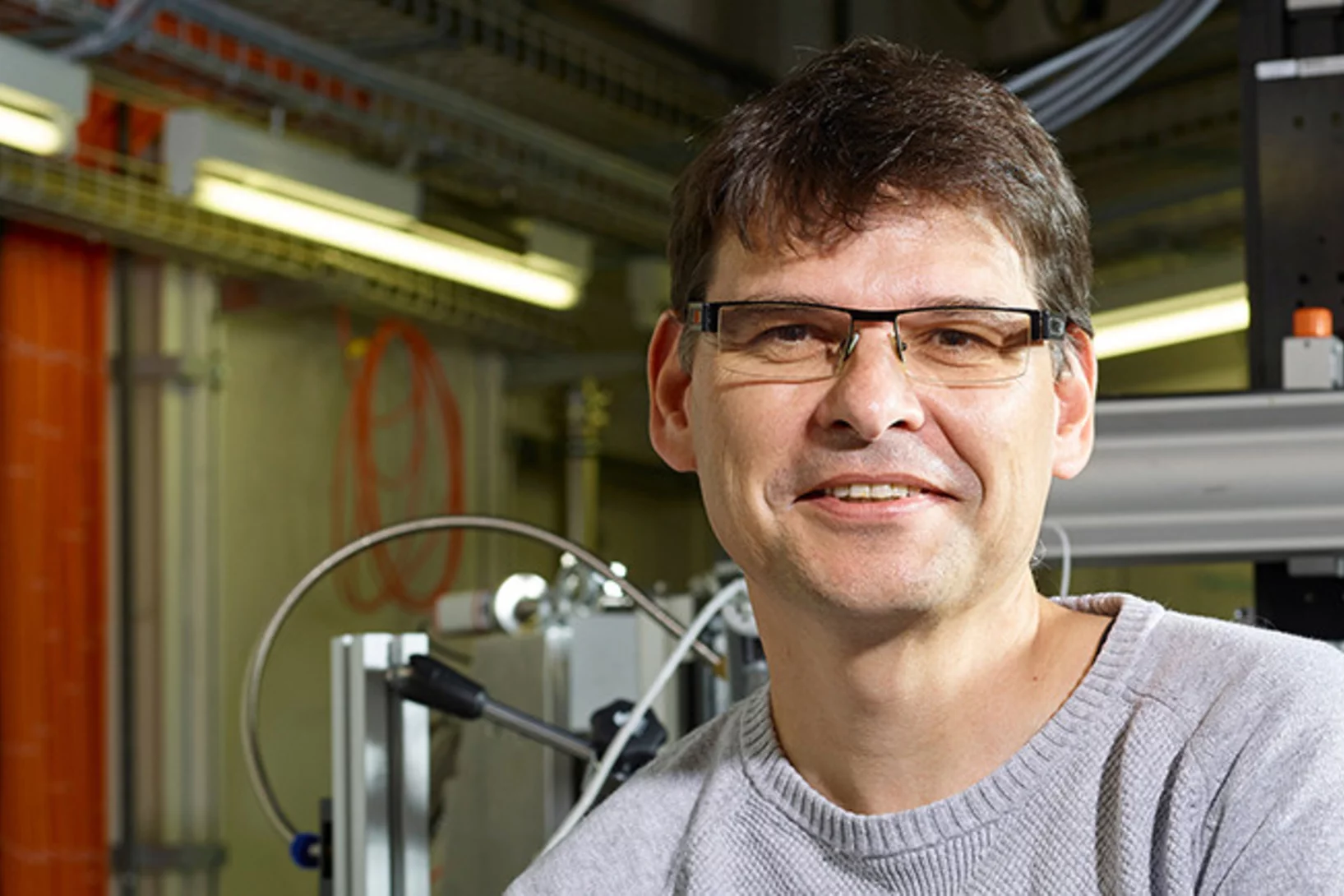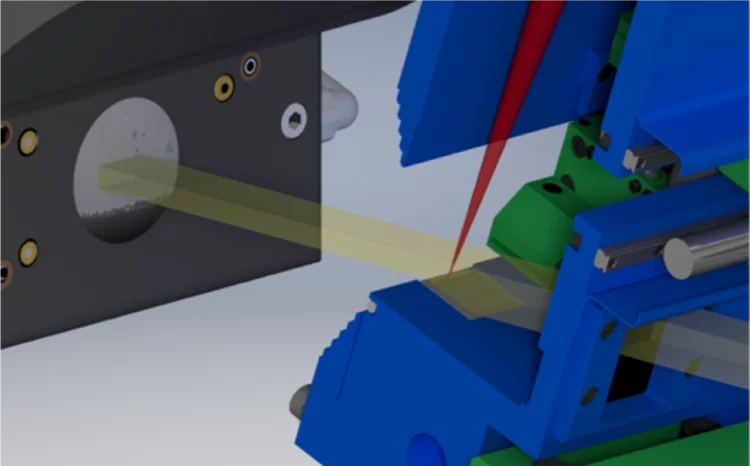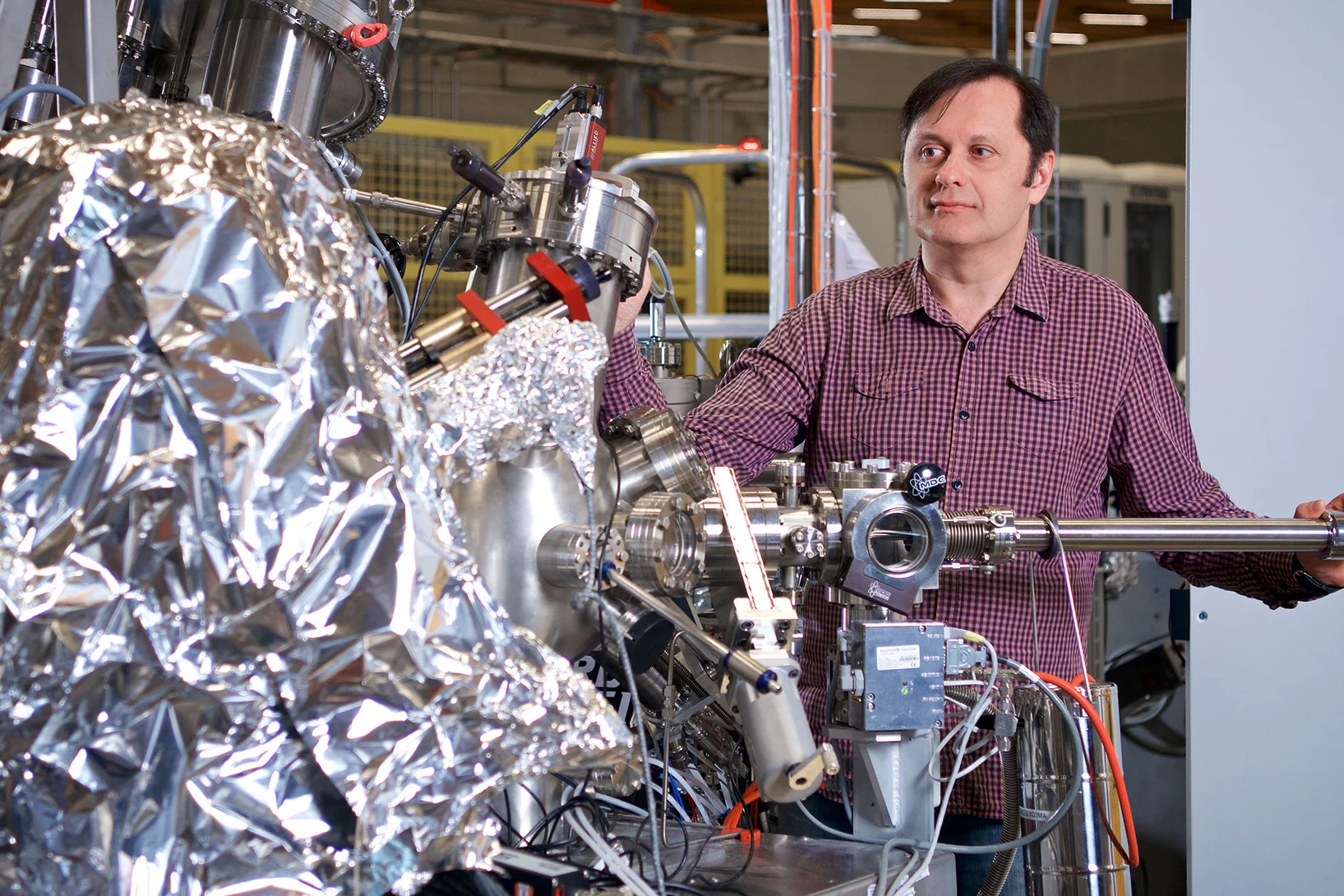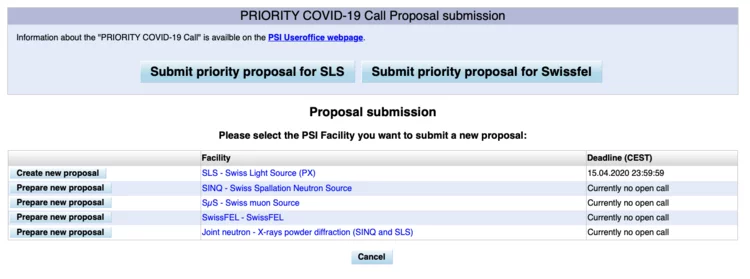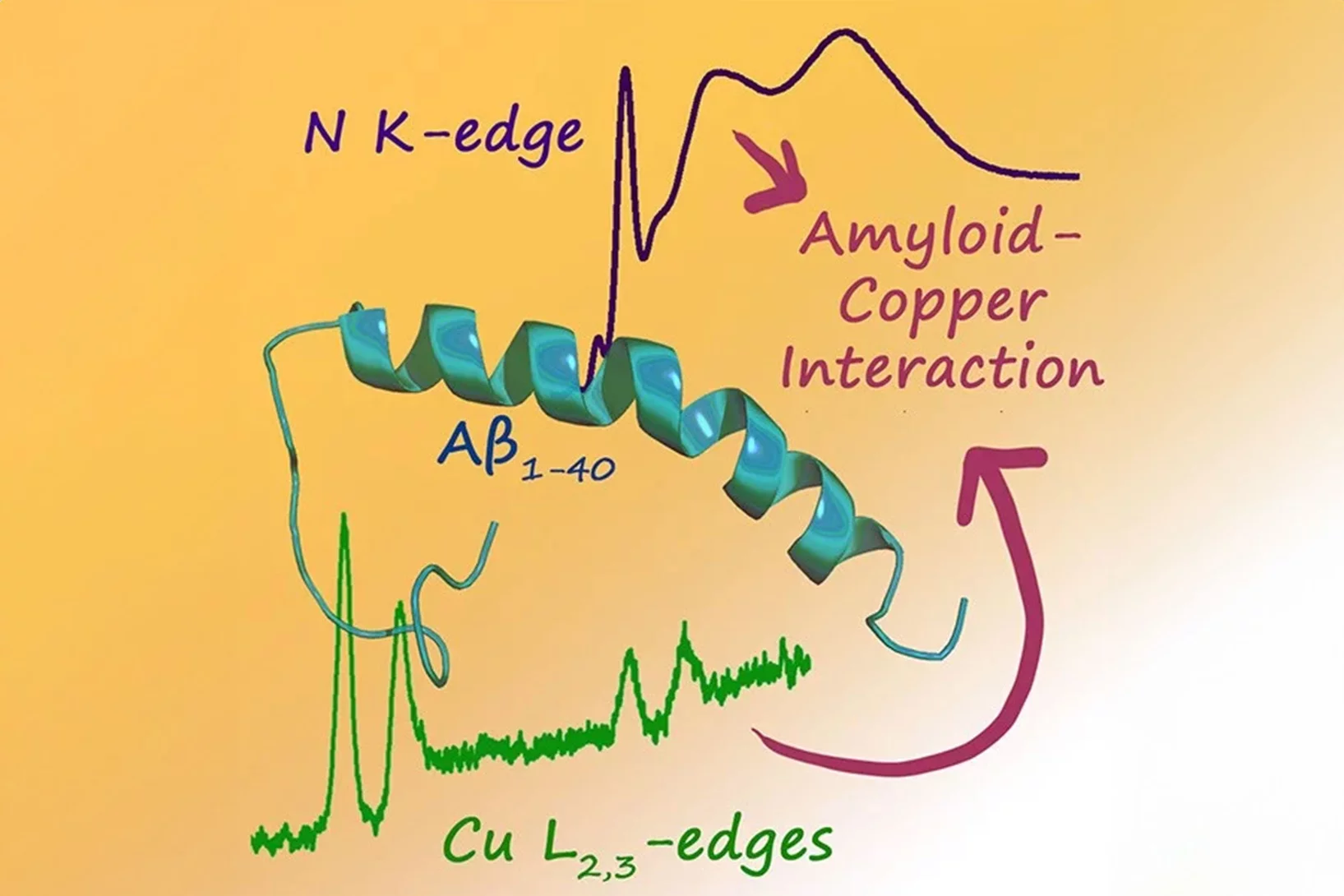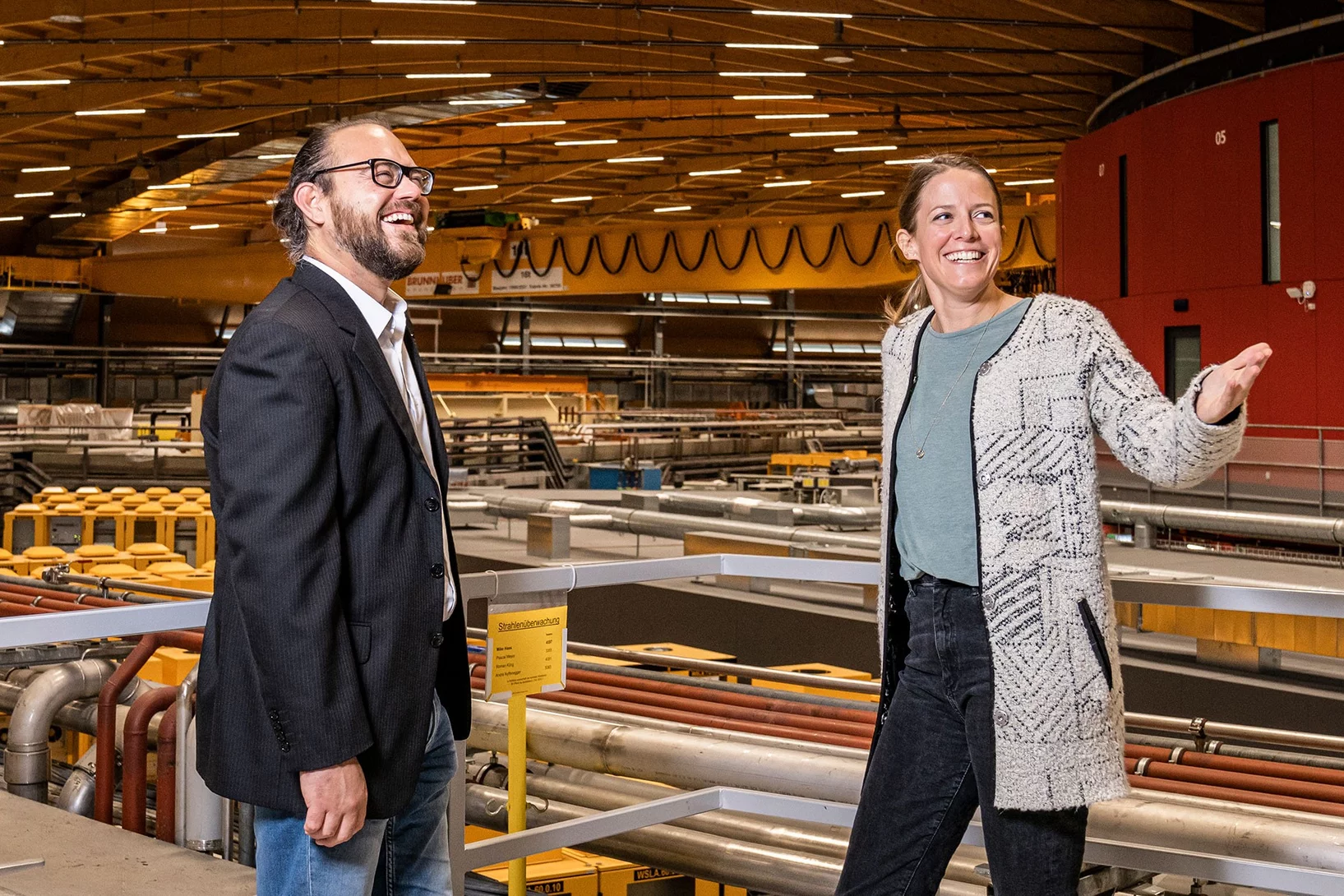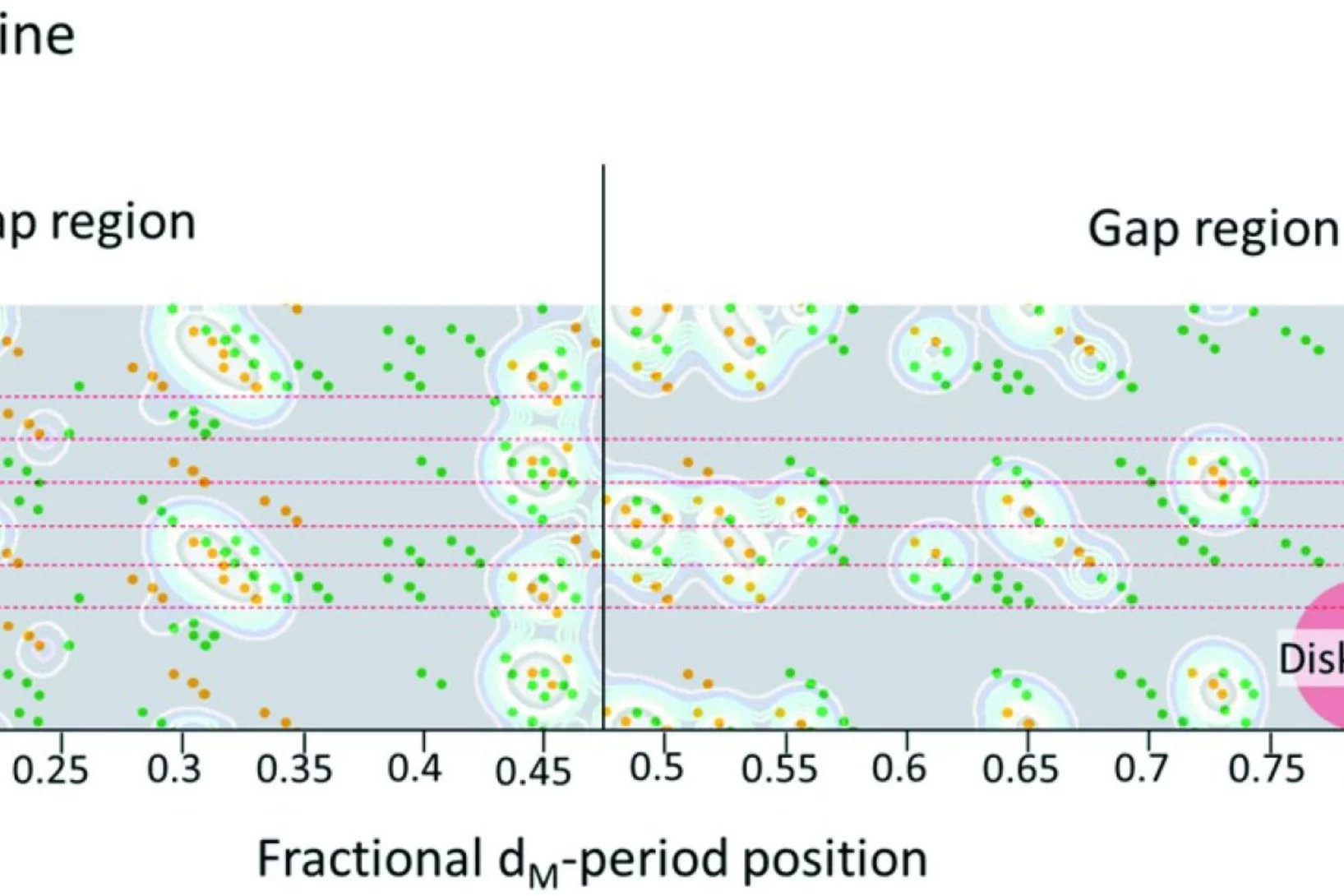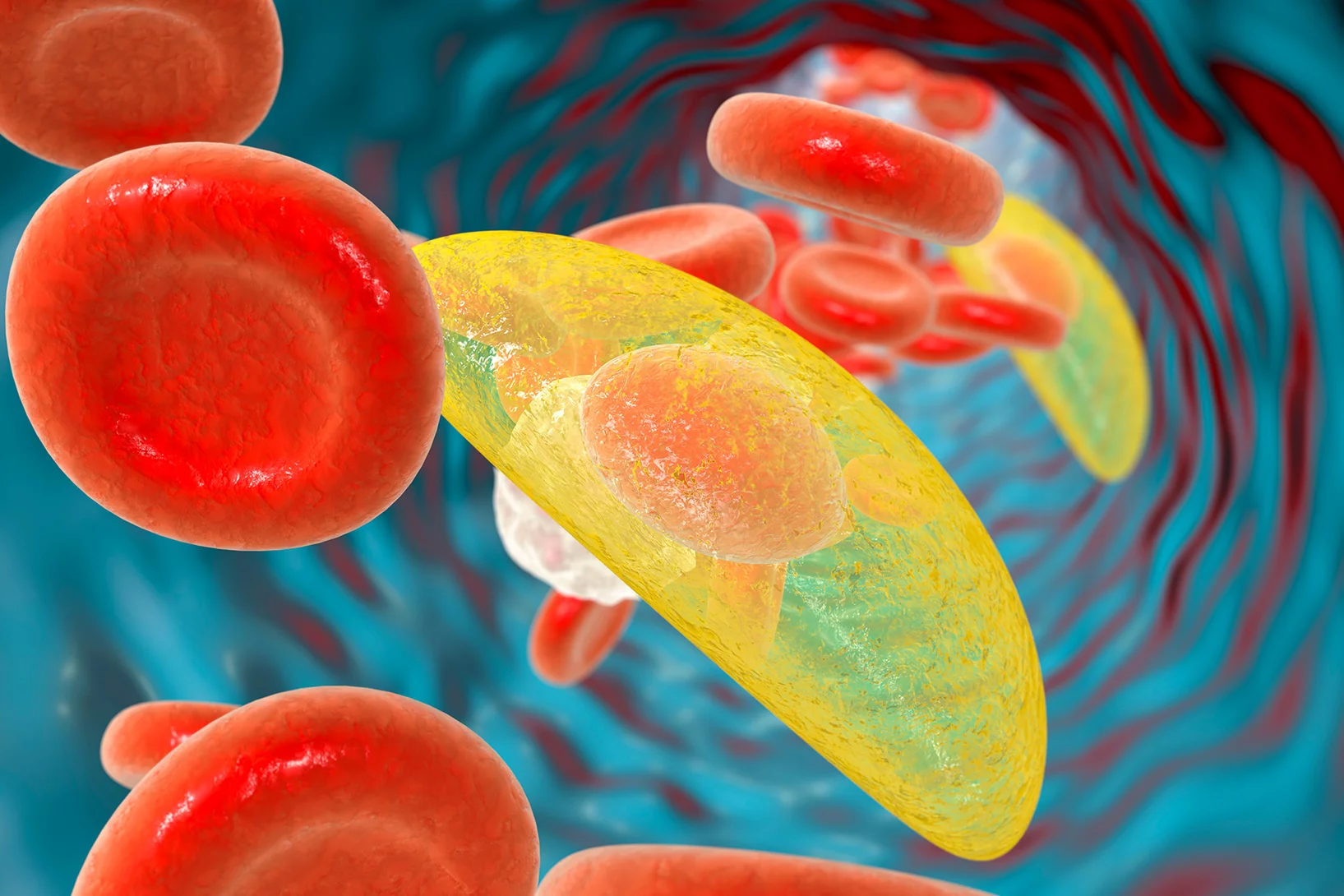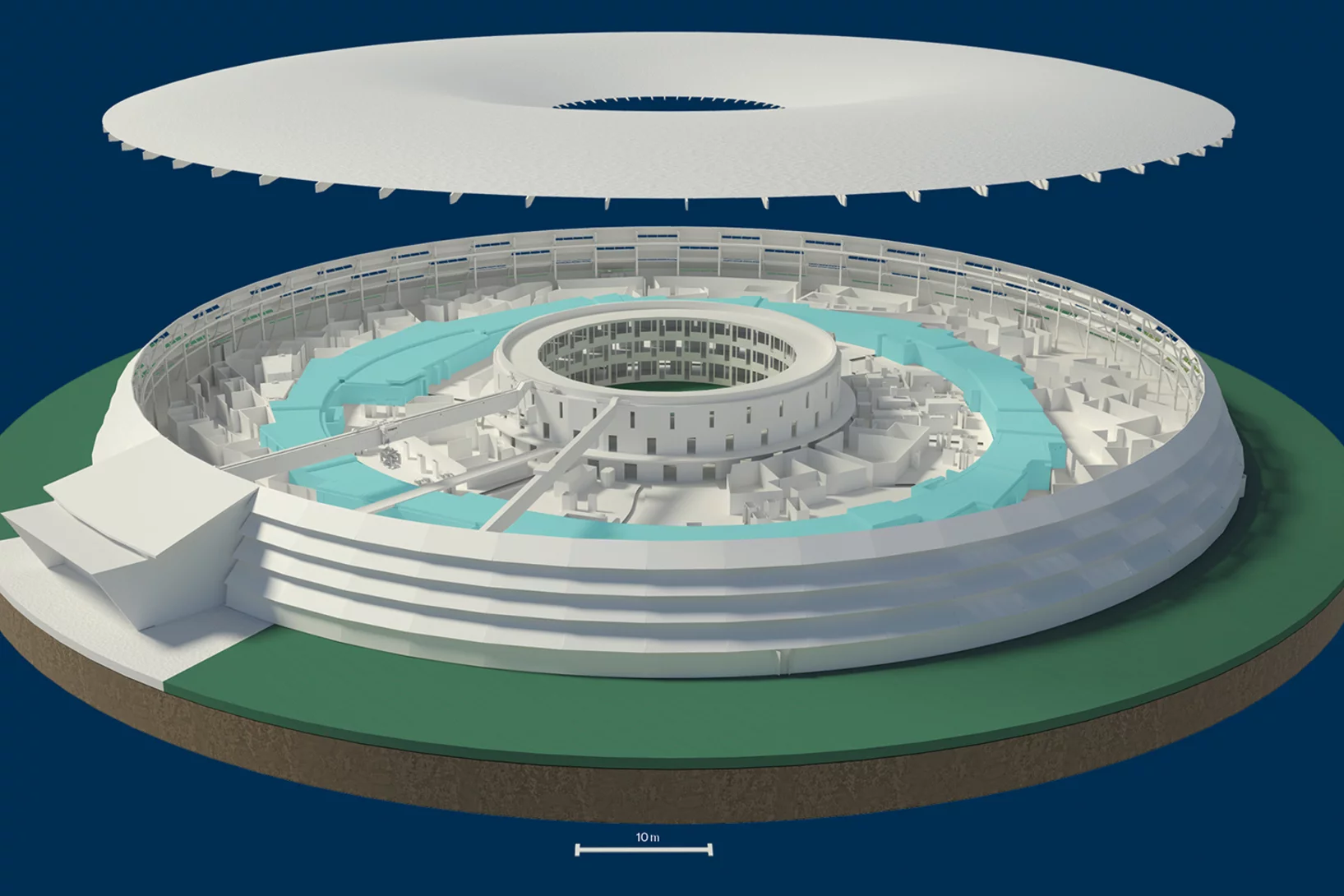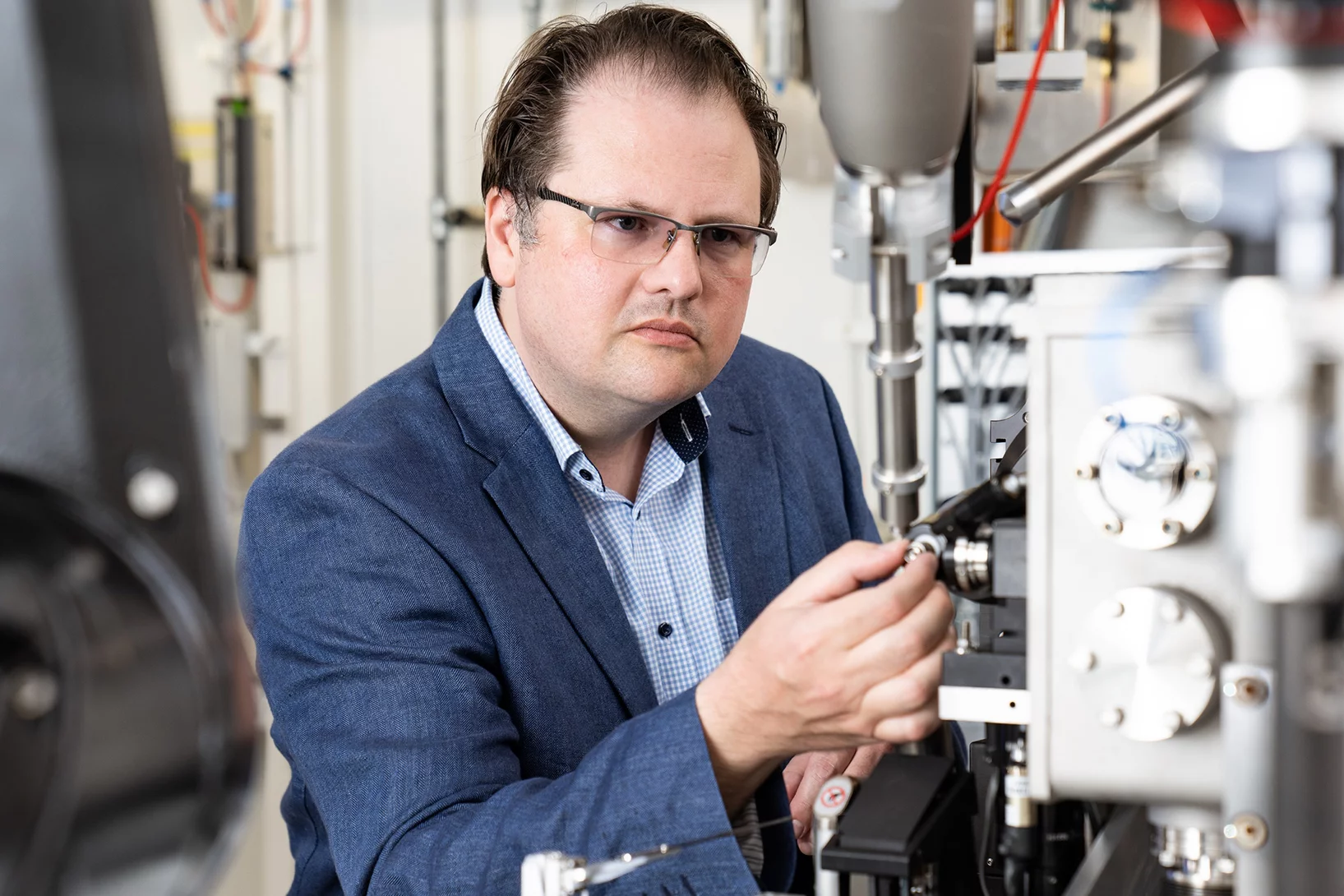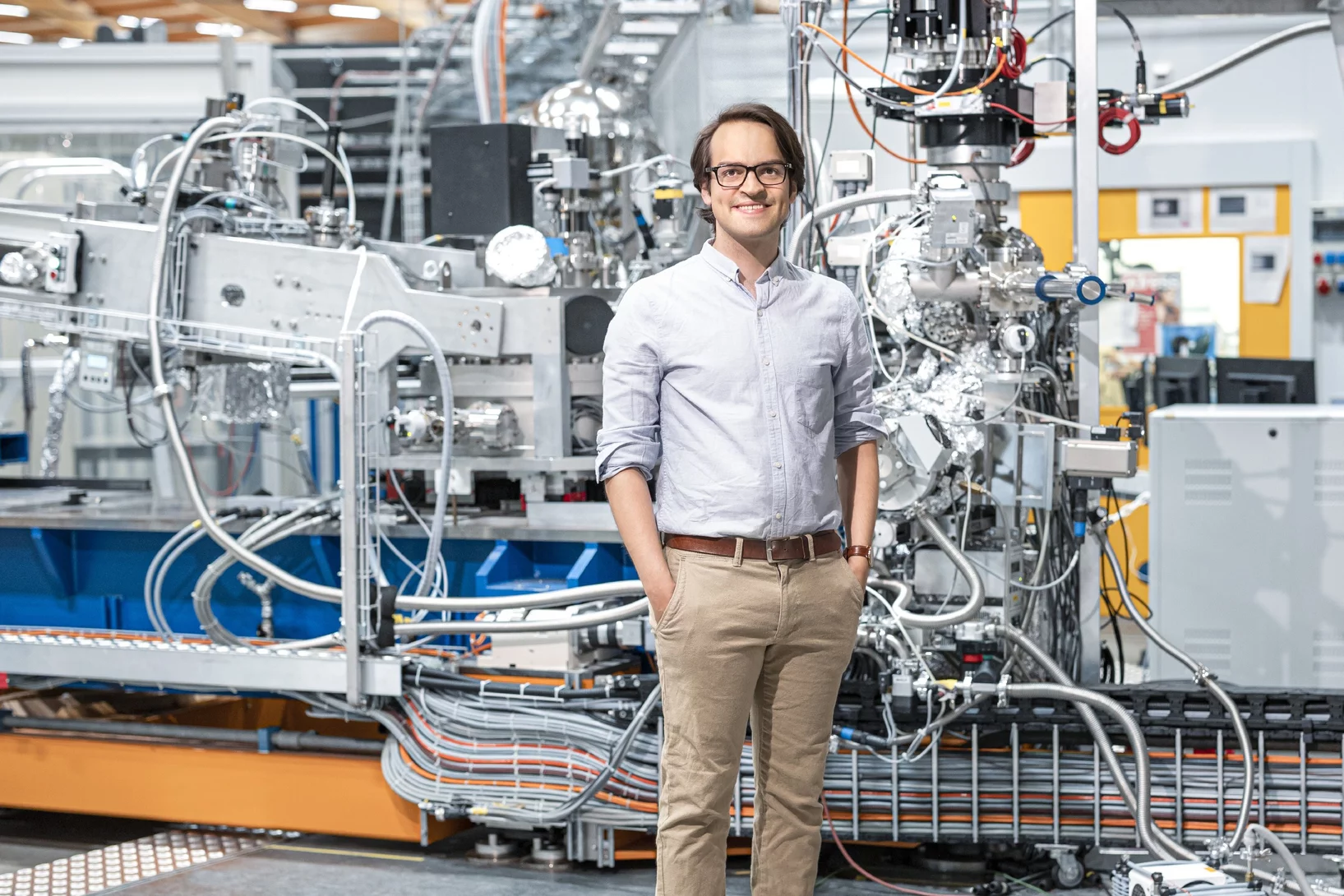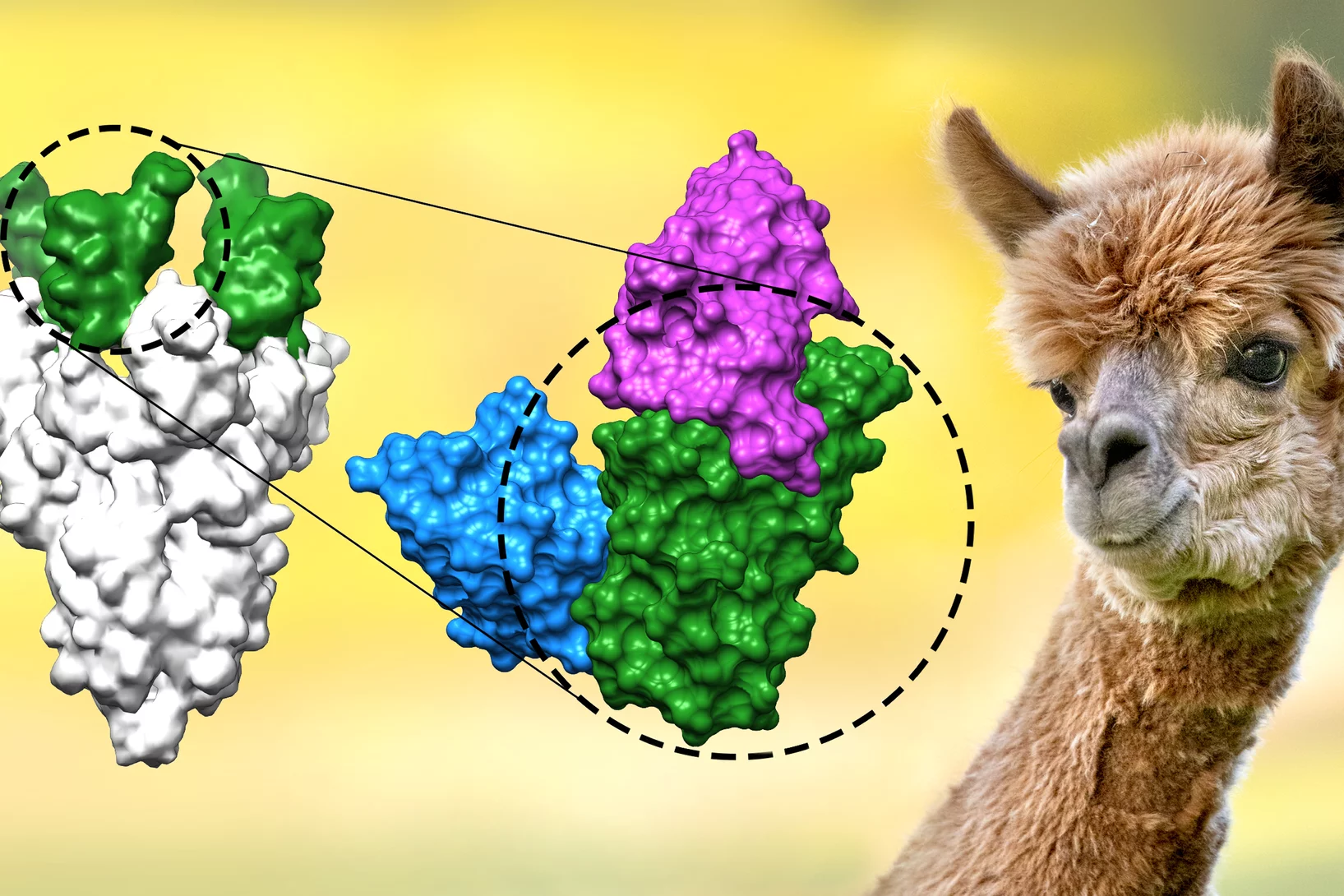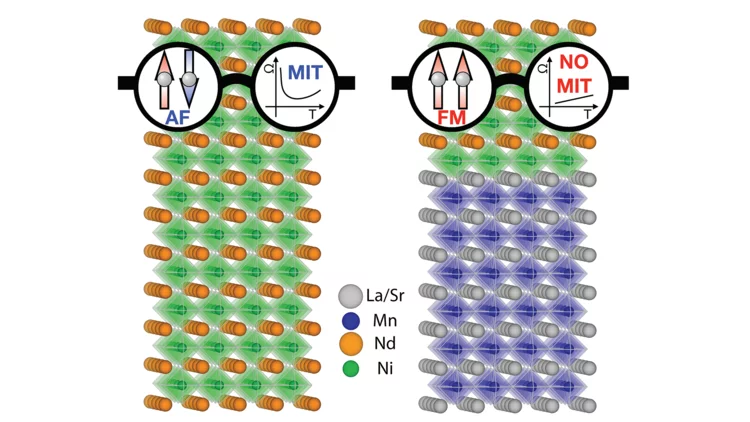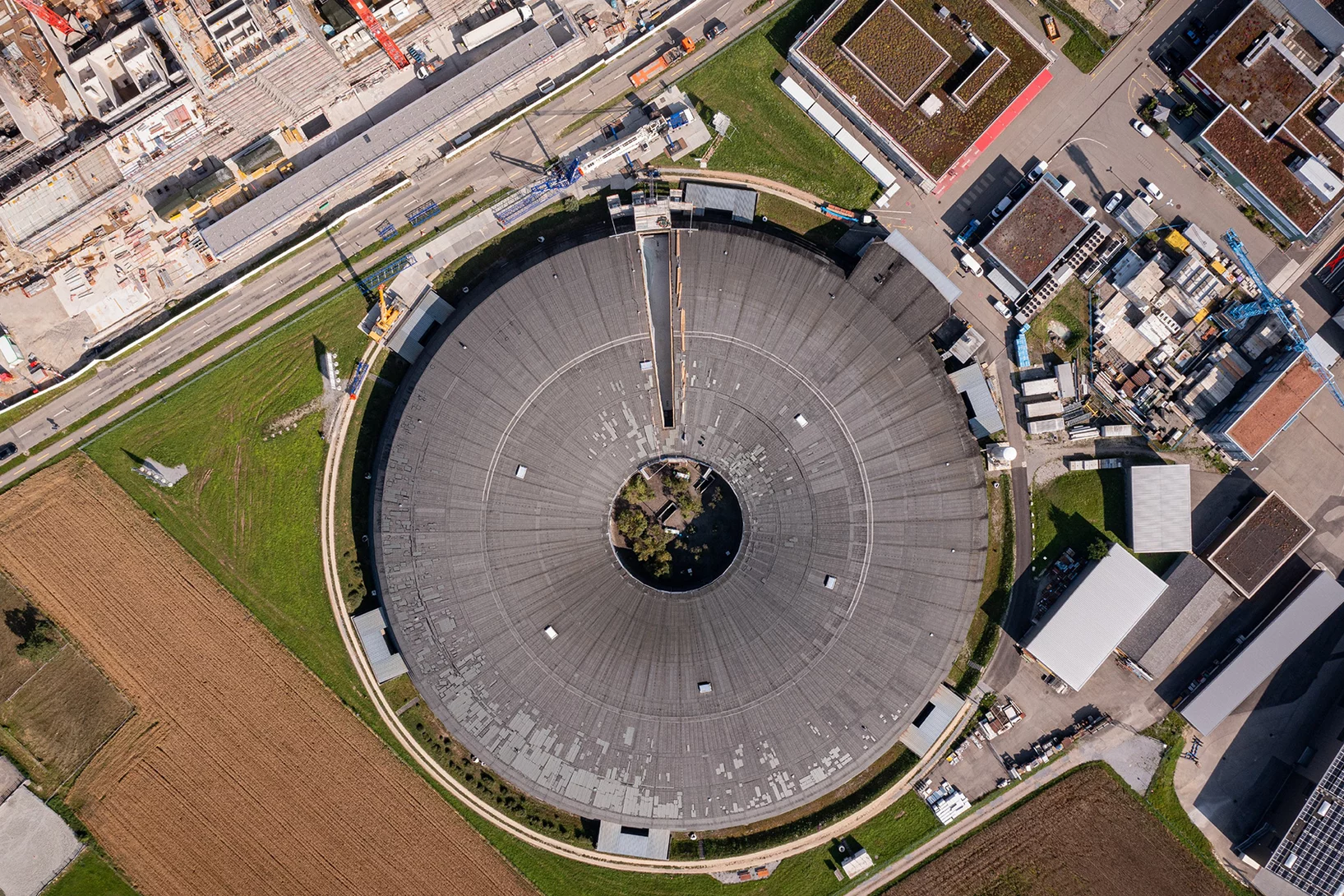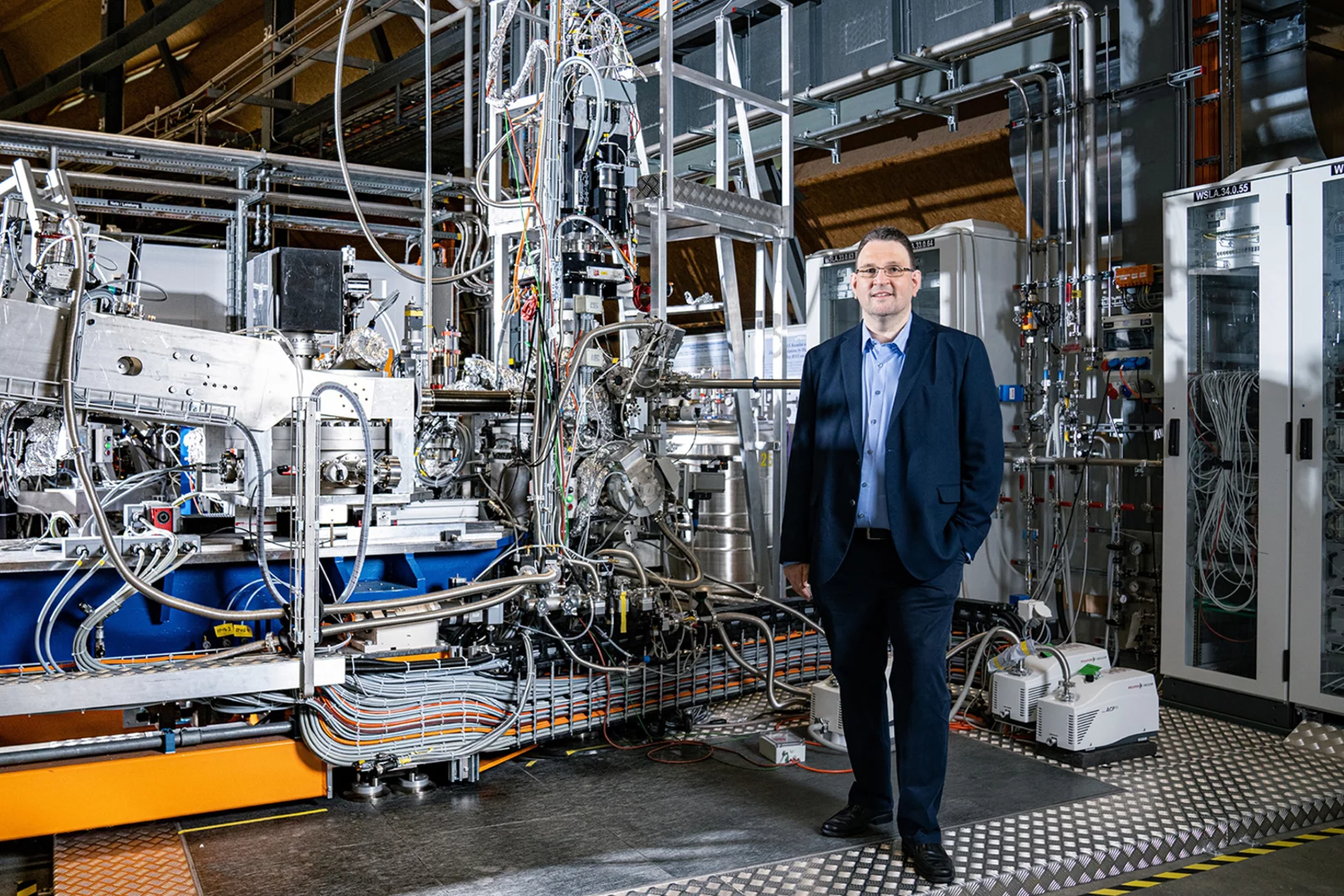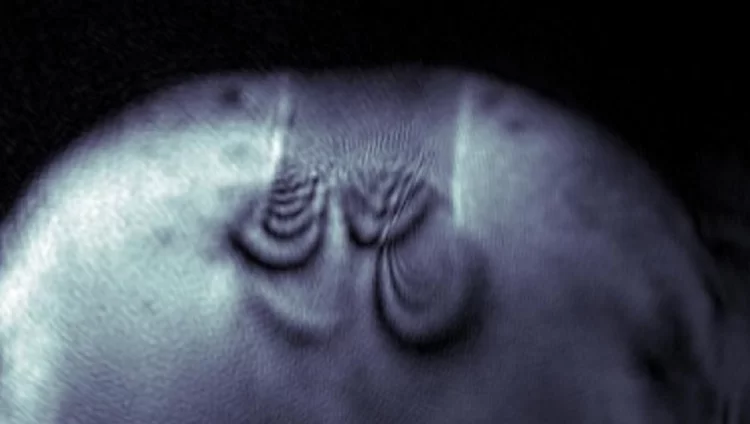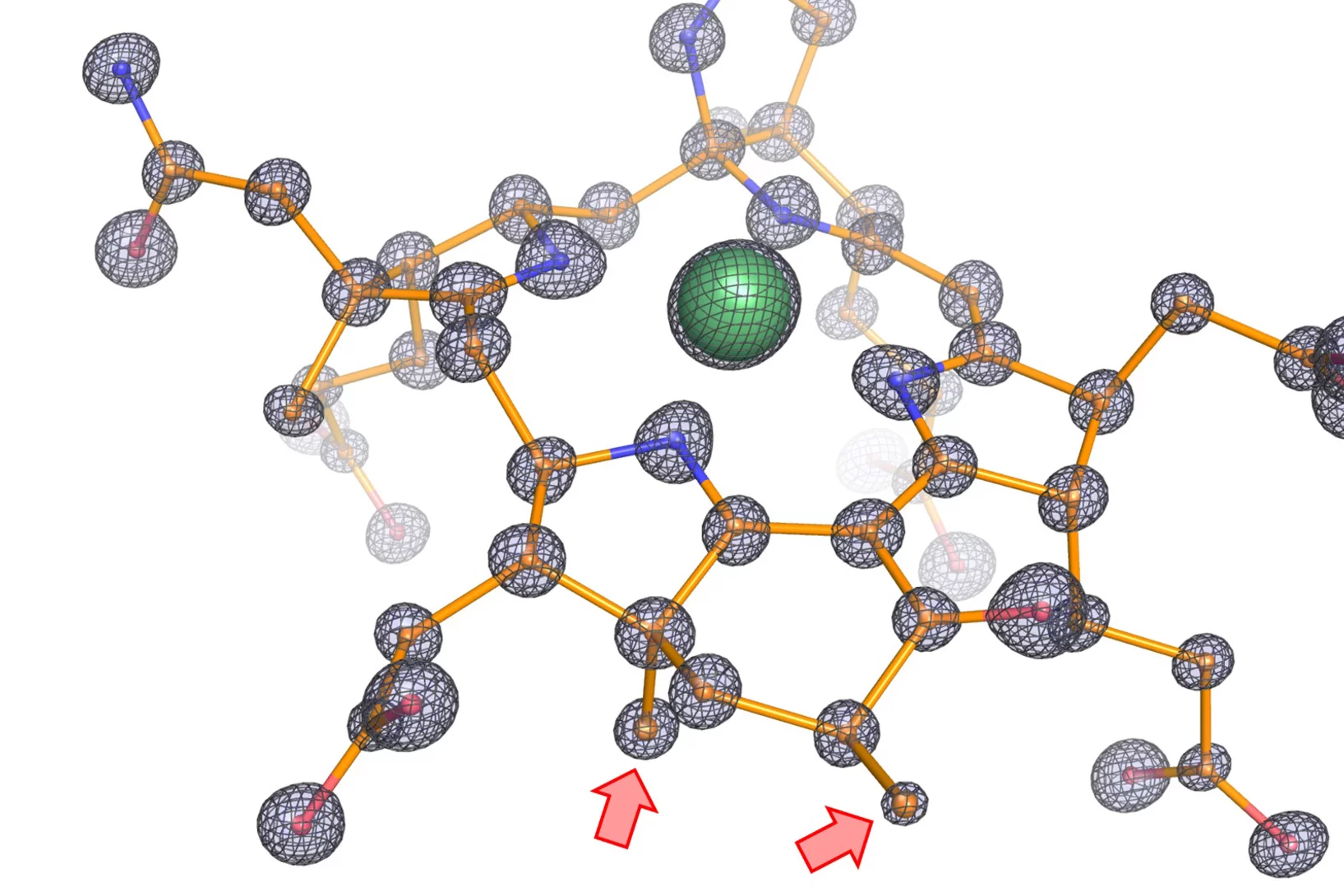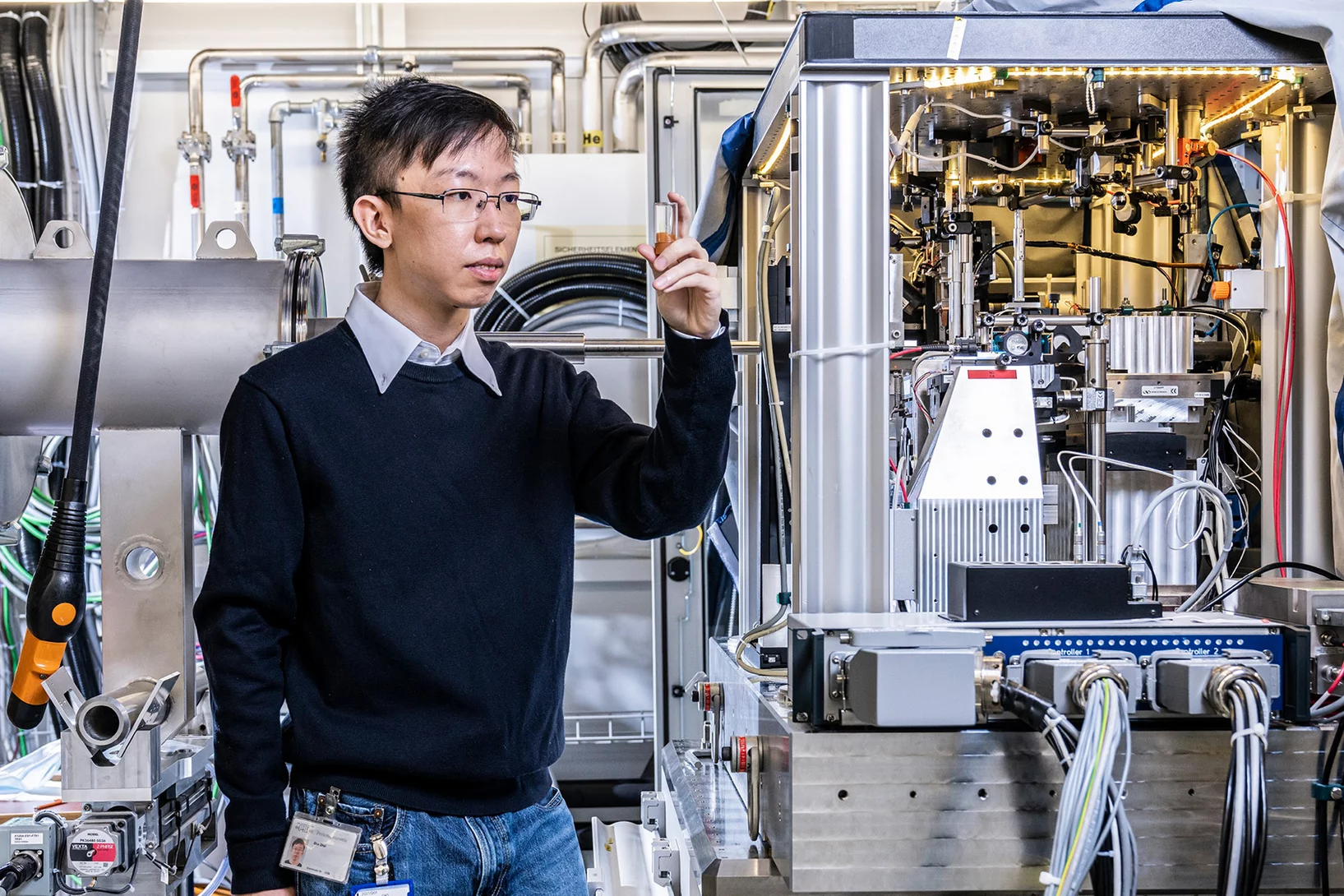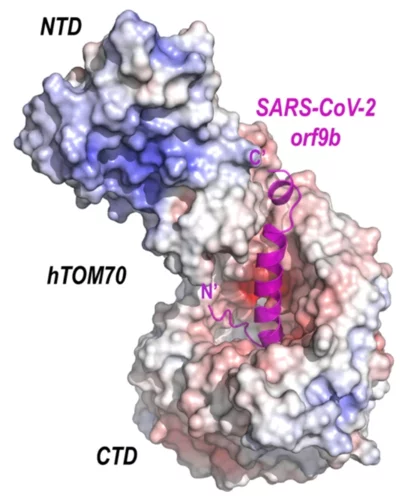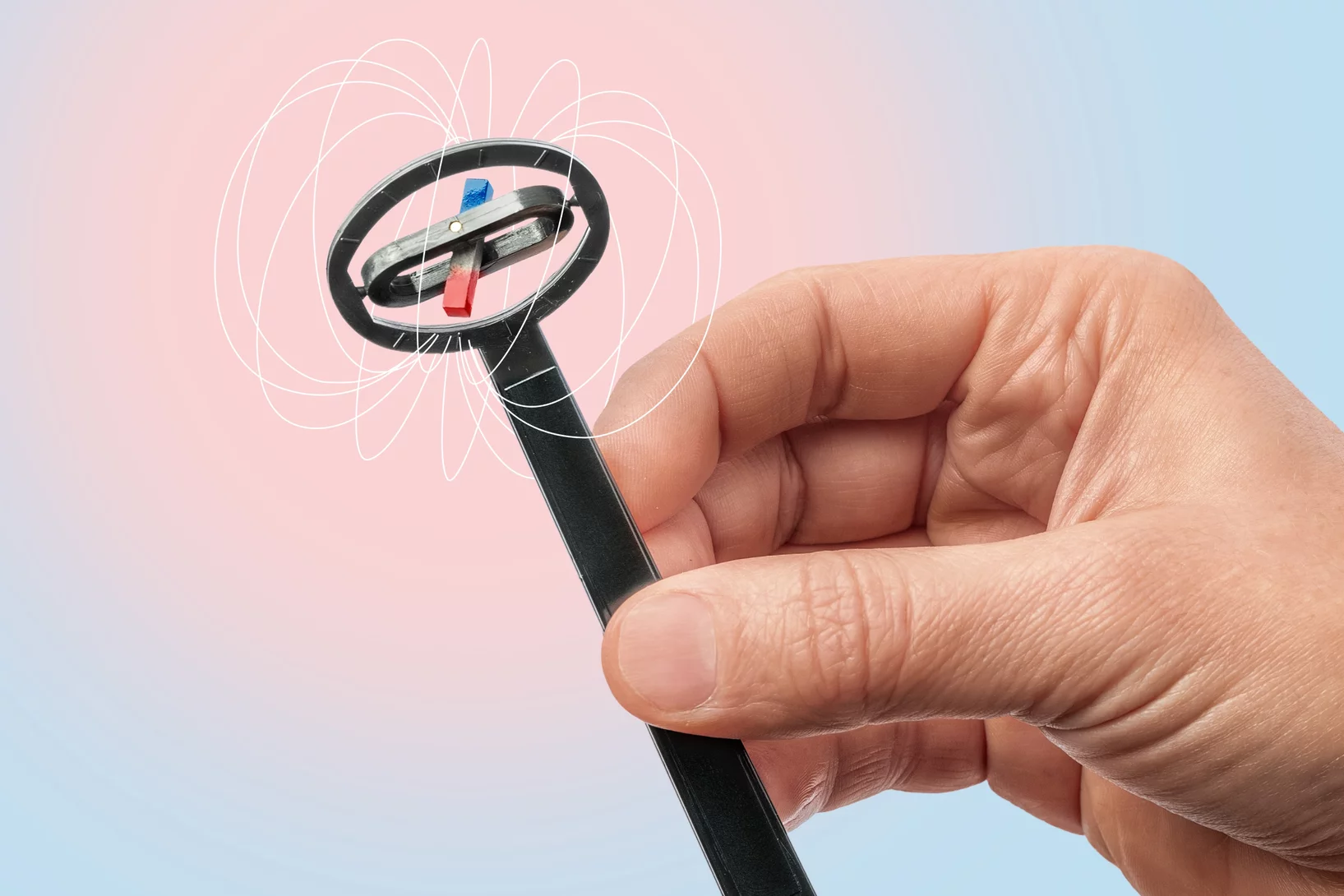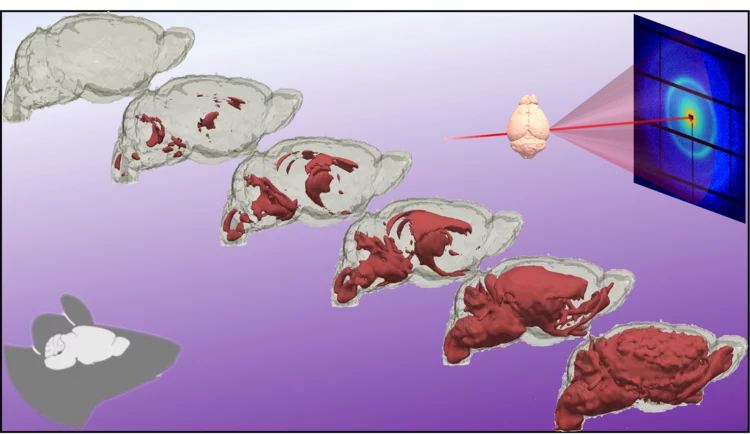Show filters
Exchange scaling of ultrafast angular momentum transfer in 4f antiferromagnets
A novel approach to controlling the speed of magnetic processes has been found through resonant magnetic scattering in an antiferromagnetic Lanthanide intermetallics.
Lighting up the appealing world of hybrid perovskites
Researchers from Italy, in collaboration with the Paul Scherrer Institut, successfully used the macromolecular crystallography beamline X06DA-PXIII at the Swiss Light Source to characterize promising perovkites materials used in solar cells and other photodetector devices.
How to get chloride ions into the cell
A molecular movie shot at PSI reveals the mechanism of a light-driven chloride pump
Une simulation pour faire avancer les travaux de déblaiement à Fukushima
Une nouvelle simulation des débris radioactifs les plus dangereux de la centrale nucléaire de Fukushima devrait faire avancer les travaux de déblaiement.
Direct observation of crack formation mechanisms with operando Laser Powder Bed Fusion X-ray radiography
Operando high-speed X-ray radiography experiments reveal the cracking mechanism during 3D laser printing of a Ni superalloy.
Plusieurs millions d’euros pour la recherche quantique et la recherche sur le cerveau
Le Conseil européen de la recherche approuve des projets du PSI sur le développement d'un calculateur quantique et sur la recherche sur le cerveau pour un montant de 5 millions d'euros.
Les semi-conducteurs atteignent le monde quantique
La technologie des semi-conducteurs pourrait être améliorée et prendre un nouveau virage, grâce à l’exploitation des effets quantiques dans des supraconducteurs.
3D printed nanomagnets unveil a world of patterns in the magnetic field
Scientists have used state-of-the-art 3D printing and microscopy to provide a new glimpse of what happens when taking magnets to three-dimensions on the nanoscale – 1000 times smaller than a human hair.
Priority access call for work on combating COVID-19 continues
On January 30th, 2020, the WHO declared the recent outbreak of coronavirus disease 2019 (COVID-19), a public health emergency of international concern. It declared that there is an urgent need to improve our understanding of the newly identified virus and its possible future evolution as well as to contain the spread; to develop precise diagnostics and treatment, and to improve the public health response and patient care.
The COVID priority access call continues and is still open in 2022.
Fingerprint of Copper in Peptides Linked to Alzheimer's Disease
In an interdisciplinary project, researchers from the Laboratory of Nanoscale Biology in BIO and the Laboratory for Condensed Matter in PSD have revealed the reaction between the nitrogen atoms of the amyloid-beta peptide and copper/zinc ions by using soft X-ray absorption spectroscopy.
Ground-breaking technology development recognised
PSI researchers win the international Innovation Award on Synchrotron Radiation for 3D mapping of nanoscopic details in macroscopic specimens, such as bone.
Glycation of collagen: Quantifying rates
Collagen is abundant in the connective tissue of human beings, e.g. in tendons, ligament and cornea. Glycation of collagen distorts its structure, renders the extracellular matrix stiff and brittle and at the same time lowers the degradation susceptibility thereby preventing renewal. Based on models and with parameters determined from experimental data, we describe the glycation of type 1 collagen in bovine pericardium derived bio-tissues upon incubation in glucose and ribose. We hope that this contributes to a better quantitative understanding of the effects of diabetes on collagen.
Nouvel antiparasite
Des chercheurs du PSI identifient un principe actif potentiel contre plusieurs parasites unicellulaires, dont ceux à l’origine du paludisme et de la toxoplasmose.
Perspective en 3D: La Source de Lumière Suisse SLS
Accélérateur linéaire, anneau d'accélération, anneau de stockage: notre graphique 3D de la Source de Lumière Suisse montre l'intérieur de l'installation et comment elle sert la recherche.
Dr. Manuel Guizar-Sicairos is awarded ICO prize
Dr. Manuel Guizar-Sicairos, beamline scientist at the cSAXS beamline, is the 2019 recipient of the International Commission for Optics (ICO) Prize. The distinction was awarded in the EOSAM conference in Rome.
Protéines maintenues à distance
Les chercheurs du PSI ont mis au point une nouvelle méthode pour fixer les protéines à la surface des particules de type viral.
Le pratique dans l’extraordinaire
Niels Schröter se voit décerner un prix de la Société Suisse de Physique (SSP).
Nanobodies against SARS-CoV-2
In a study published in EMBO Journal, researchers at the Max Planck Institute for Biophysical Chemistry, Göttingen, Germany, developed nanobodies that efficiently block the coronavirus SARS-CoV-2 and its variants. The high resolution structural characterization was performed at the X10SA crystallography beamline at the Swiss Light Source.
Creating novel quantum phases via the heterostructure engineering
Within this synergetic collaboration, PSI scientists have investigated the correlation between magnetic and electronic ordering in NdNiO3 by tuning its properties through proximity to a ferromagnetic manganite layer. The main outcome is that the stray magnetic field from the manganite layer causes a novel ferromagnetic-metallic (FM-M) phase in NNO. This work demonstrates the utilization of heterostructure engineering for creating novel quantum phases.
SLS: le nouveau pont roulant vient du ciel
La Source de Lumière Suisse SLS se voit dotée d’un deuxième pont roulant. Mais comment entre-t-il dans le bâtiment? Le seul moyen est de passer par le toit.
Le secret des Stradivarius dévoilé
Comme l’a découvert une équipe internationale de chercheurs, les anciens maîtres luthiers Stradivari et Guarneri utilisaient des adjuvants chimiques inattendus pour leurs violons.
Comprendre la physique à l’œuvre dans certains matériaux innovants
Une équipe internationale réunissant des chercheurs du PSI et leurs collègues pourrait avoir réussi à rendre utilisables certains matériaux fortement corrélés pour une application dans les domaines de la supraconductivité, du traitement des données ou encore des calculateurs quantiques.
Full-field X-ray absorption tomography reveals the chemical structure of defects in metal-organic frameworks
Cryo-full-field XANES computed tomography was used to visualize the presence and distribution of a second coordination polymer of reduced copper coordination within defect-engineered HKUST-1 MOF crystals. Observations encourage a revisitation of the structure-property relationships of defect-engineered MOFs.
Imaging strain with high resolution
Imaging strain in crystalline materials with high resolution can be a challenging task. Researchers demonstrate an original use of X-ray ptychography for this purpose: ptychographic topography.
How ethane-consuming archaea pick up their favorite dish
Scientists decode the structure of the enzyme responsible for the ethane fixation by – beside others – using the SLS.
Comment les catalyseurs vieillissent
La structure du matériau utilisé dans les catalyseurs en industrie chimique se modifie au fil des ans. Des chercheurs du PSI ont étudié ce phénomène au moyen d’une nouvelle méthode.
Crystal structure of SARS-CoV-2 Orf9b in complex with human TOM70 suggests unusual virus-host interactions
In a study published in Nature Communications, researchers at the NHC Key Laboratory of Systems Biology of Pathogens in Beijing, China, in collaboration with the Paul Scherrer Institut characterize the interactions of SARS-CoV-2 orf9b and human TOM70 biochemically, and they determine the 2.2 Å crystal structure of the TOM70 cytosolic domain with a bound SARS-CoV-2 orf9b peptide.
Une force magique qui fait grand effet
Des microrobots ou de meilleurs accélérateurs de particules deviennent possibles par la recherche sur le magnétisme au PSI.
Quantifying oriented myelin in mouse and human brain
Myelin 'insulates' our neurons enabling fast signal transduction in our brain. Myelin levels, integrity, and neuron orientations are important determinants of brain development and disease. Small-angle X-ray scattering tensor tomography (SAXS-TT) is a promising technique for non-destructive, stain-free imaging of brain samples, enabling quantitative studies of myelination and neuron orientations, i.e. of nano-scale properties imaged over centimeter-sized samples.
Mode d’action du remdesivir contre le coronavirus
En coopération avec le PSI, des chercheurs de l’Université Goethe de Francfort ont probablement découvert un nouveau mécanisme d’action inconnu du remdesivir.
PSI Scientific Reports
Archive 2006-2012. The Scientific Reports – containing accounts of research topics from all the different areas – provide an impression of the variety of subjects researched at PSI.
